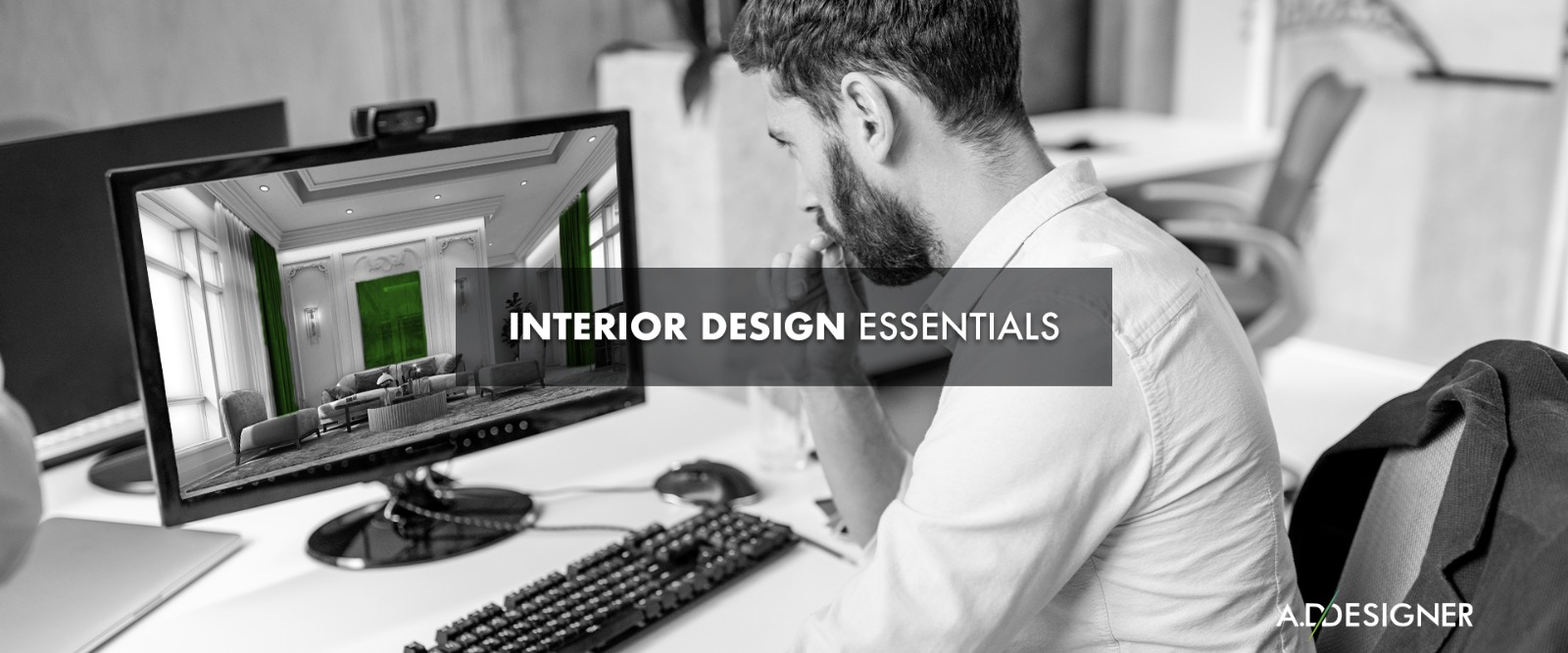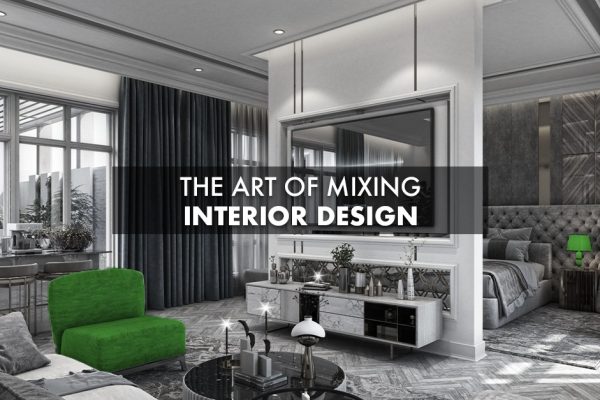Interior Design Essentials
Understanding the Basics of Interior Design
- Color and lighting are two essential elements of interior design that can significantly impact the overall look and feel of a space.
Color theory basics, such as color harmonization, can help designers create a cohesive and visually appealing space.
Additionally, lighting can be used to illuminate different areas of a room and create different moods.
Without proper lighting, even the most well-designed space can feel dull and uninviting.
Understanding the importance of color and lighting is crucial for creating a successful interior design scheme.
- Furniture and space planning are also key components of interior design.
Effective space planning involves assessing the available space, furniture placement, and traffic flow through the room.
It’s important to choose furniture that is appropriately sized for the space and meets the needs of the occupants.
Additionally, careful consideration of the principles of design, such as harmony, emphasis, rhythm,
balance, and scale, is necessary to create a well-designed and functional space.
Furniture and space planning are essential for creating a comfortable and functional living space.
- Decorating with textures and patterns is another aspect of interior design that can add depth and visual interest to a space.
Designers use texture to create a specific feel in a room, and layering different textures can add richness and depth to a design scheme.
Patterns can also be used to create texture in a room, even without varying materials.
However, it’s important to use these design elements in moderation to avoid overwhelming the space.
Decorating with textures and patterns is a fun and creative way to personalize a space and make it feel inviting and unique.
You can follow us on Social media Facebook, instagram and Linkedin













